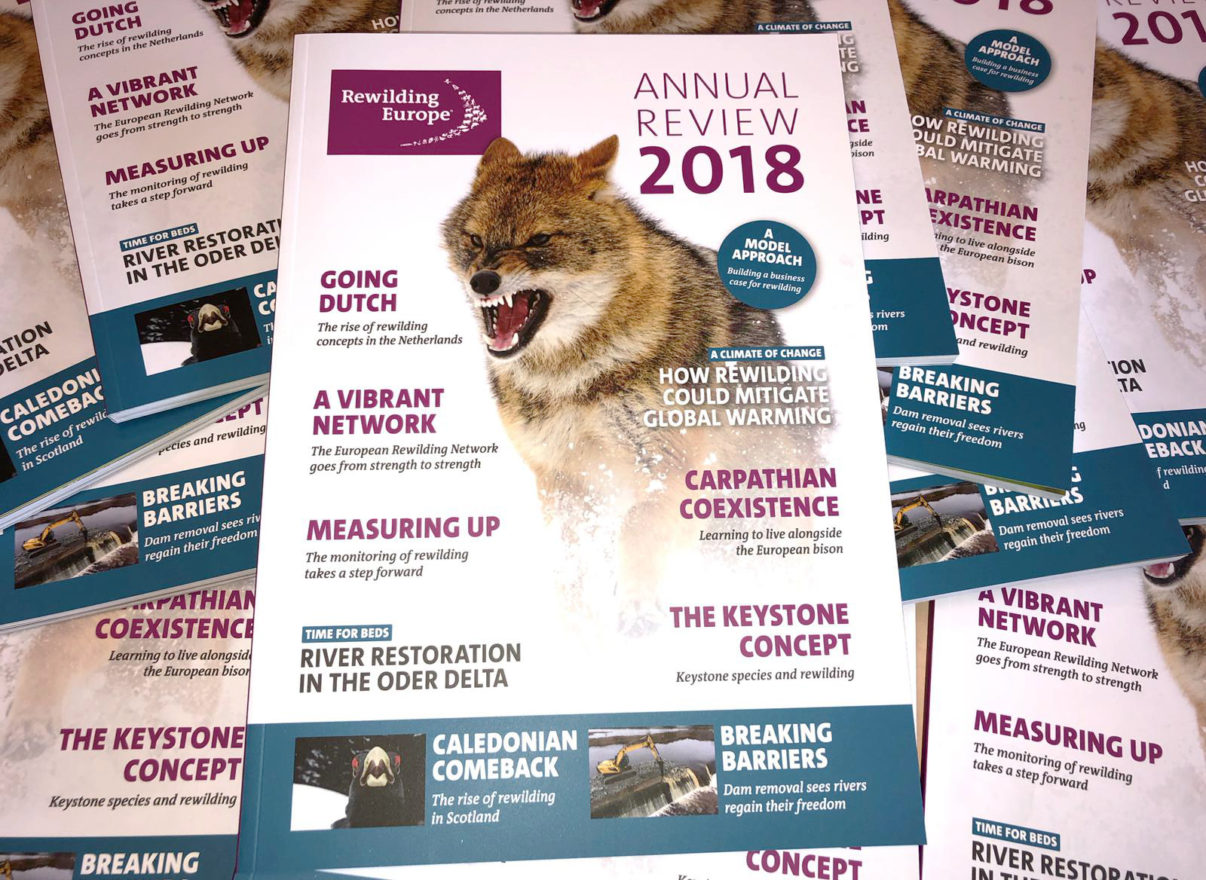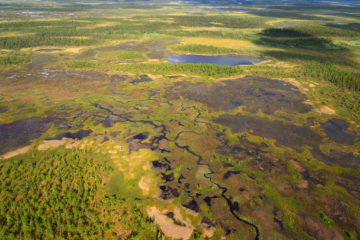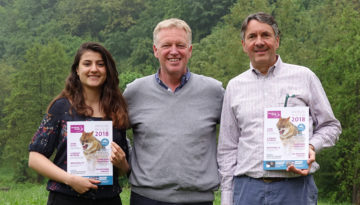Nature is our best ally in mitigating the scale and impact of climate change. Read the feature story ‘A Climate of Change’ in our new Annual Review 2018 to find out how rewilding contributes by creating healthier, better-connected, more resilient ecosystems. The article is one of the 10 feature stories in the review showcasing the progress Rewilding Europe made last year.

Working with nature
How can we mitigate and adapt to climate change, while simultaneously meeting our food or energy needs and safeguarding wild nature? While high-tech propositions may capture the imagination, one of the feature stories in Rewilding Europe’s newly published Annual Review 2018 explains how a partial, immediate and cost effective answer lies right under our noses: rewilding and the large-scale restoration of ecosystems.
“There is a growing realisation that robust, fully functioning ecosystems can and should play a critical role as we look to minimise the impact of climate change,” says Rewilding Europe’s Managing Director Frans Schepers. “In helping us to conserve and rejuvenate forests, mosaics, grasslands, wetlands, peatlands, seagrass beds and estuaries, rewilding could be our best ally.”
Practical showcases
The work of Rewilding Europe is already showing how rewilding could positively impact climate change. In 2018, two new and substantial loans from Rewilding Europe Capital (REC) – Rewilding Europe’s enterprise funding facility – saw peatland and forest restoration projects kick off in Finland and Portugal. The business models employed in both cases have huge upscaling potential if they become successful.

In Portugal the new loan will be used to drive the rewilding of monoculture forests, producing forest ecosystems that are more natural to the region and more ecologically evolved. Research has shown that forests rich in species diversity can store up to twice as much carbon as monoculture forests. The natural regeneration of forests, which results in much more variety and many more open spaces (as opposed to tree planting), is therefore a far better way of boosting carbon storage.
In Finland the REC loan will be used to purchase and restore three peatland sites, with a positive rewilding impact across 19,000 hectares of water catchment area.
The restoration of degraded wetlands and boreal forests will enable us to enhance wild nature and create new carbon sinks across Finland. Such action has huge scaling up potential, both in Finland and other European regions. The inclusion of carbon offset buyers in 2019 should further accelerate the pace of Finnish peatland restoration; by the 2020s this initiative could see tens of thousands of hectares of restored wetlands acting as carbon sinks.
Review the review

To read the entire story on rewilding and climate change, please view the Annual Review 2018 online. This beautiful 88-page publication contains a wide range of other insightful feature stories, stunning photography and illustrative infographics, showcasing the progress made in our own rewilding areas and the growth of Europe’s rewilding movement in 2018.
It demonstrates how European rewilding is becoming a burgeoning force for change, bringing a wide range of benefits for both wild nature and people, and provides details of Rewilding Europe’s growth strategy for the next seven years. Enjoy!
